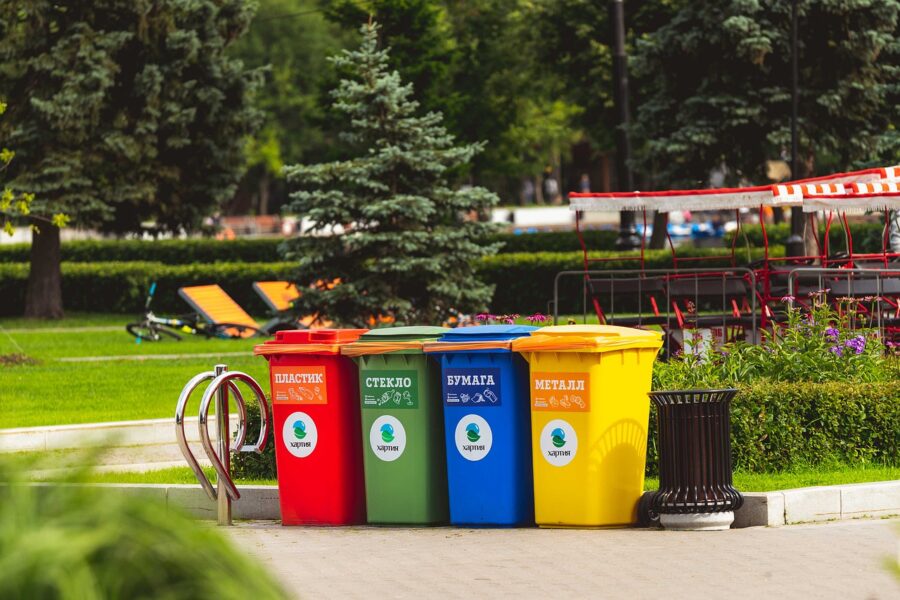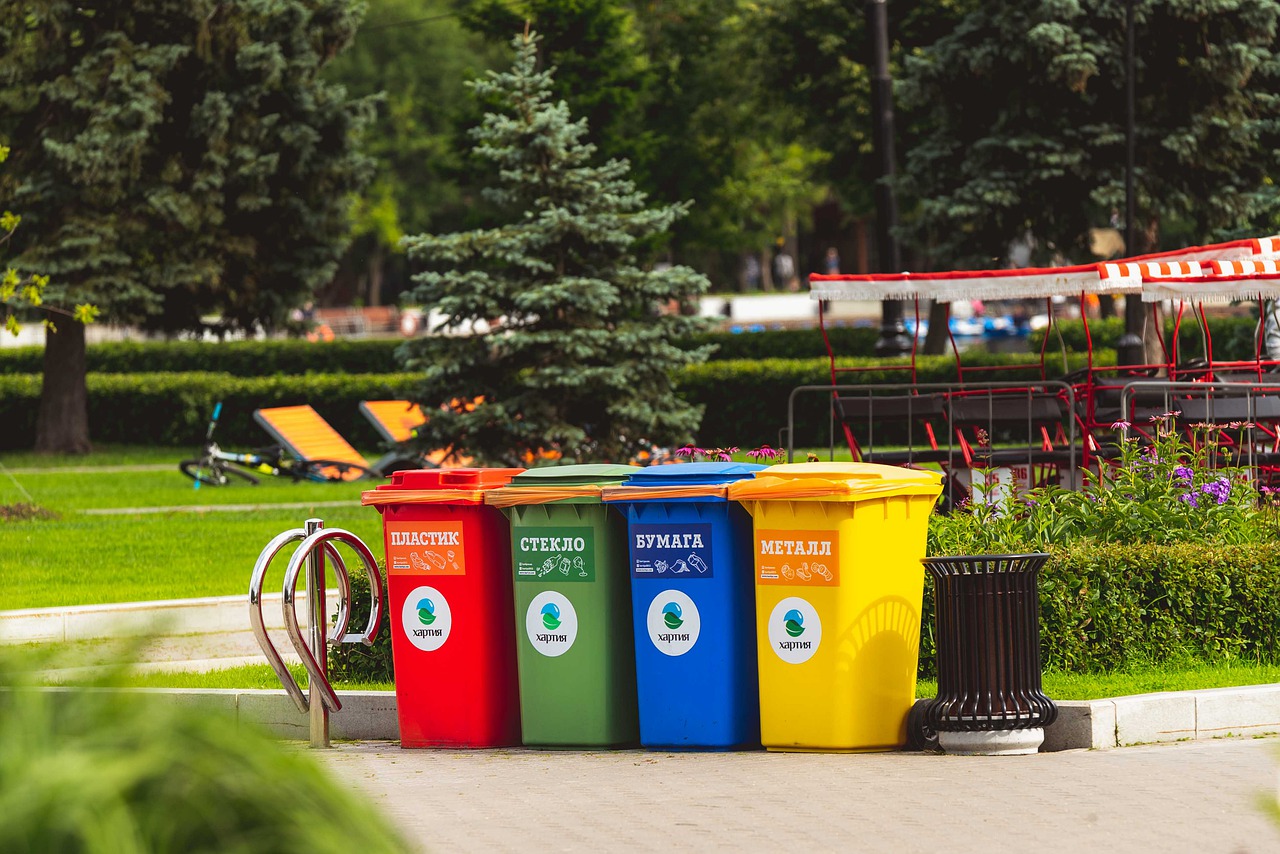 I’m sure you’d agree that the medical profession has been pushed way beyond its limits in recent times, especially since the start of the Covid-19 pandemic. When we think of all that these medical departments have been facing and their daily struggles, how to dispose safely of the waste products might not be the first thing that comes to people’s minds. But the fact remains that a lot of waste is being produced, even more so than before, and despite how busy the medical profession is, this waste still needs disposing of in the correct way. It needs to be taken seriously for the safety of everyone. This can be hard when you’re not sure how to do this and what is involved. Add to this that all different types of waste need to be handled in all different ways. This can lead to confusion but even so, it needs to be handled correctly.
I’m sure you’d agree that the medical profession has been pushed way beyond its limits in recent times, especially since the start of the Covid-19 pandemic. When we think of all that these medical departments have been facing and their daily struggles, how to dispose safely of the waste products might not be the first thing that comes to people’s minds. But the fact remains that a lot of waste is being produced, even more so than before, and despite how busy the medical profession is, this waste still needs disposing of in the correct way. It needs to be taken seriously for the safety of everyone. This can be hard when you’re not sure how to do this and what is involved. Add to this that all different types of waste need to be handled in all different ways. This can lead to confusion but even so, it needs to be handled correctly.
Take for instance the United States of America. Each year, in this country alone, there are so many receiving chemotherapy. It begs the question; how can all this waste be disposed of correctly? And what would even be classed as chemo waste? It can sound confusing, but the legal requirements are quite simple. Chemo waste must be disposed of in chemo waste containers. What are they? Well, they are often provided by management waste companies. So now you just need to know what is counted as chemo waste.
Chemotherapy waste will often be classed as hazardous waste. This means that it is not infectious but it is still dangerous to the public and could have consequences if someone was exposed to it. The consequences don’t end there as it would also cause problems for and facility that didn’t dispose of it in the right way.
Important to understand is what category of chemotherapy waste you have to dispose of. And the reasons for this are many: levels of toxins, reactivity, corrosive substances, to name a few. But more is involved in treatment for chemotherapy. Think of all the gowns, gloves and other pieces of personal protective equipment that are needed for each new patient seen and by each medical professional who sees them. These may contain only residual amounts of products on them, but they are categorised as trace chemotherapy and therefore need to be disposed of correctly. If something has more than trace amounts on it, maybe due to a spillage, then it is categorised as bulk chemotherapy waste.
